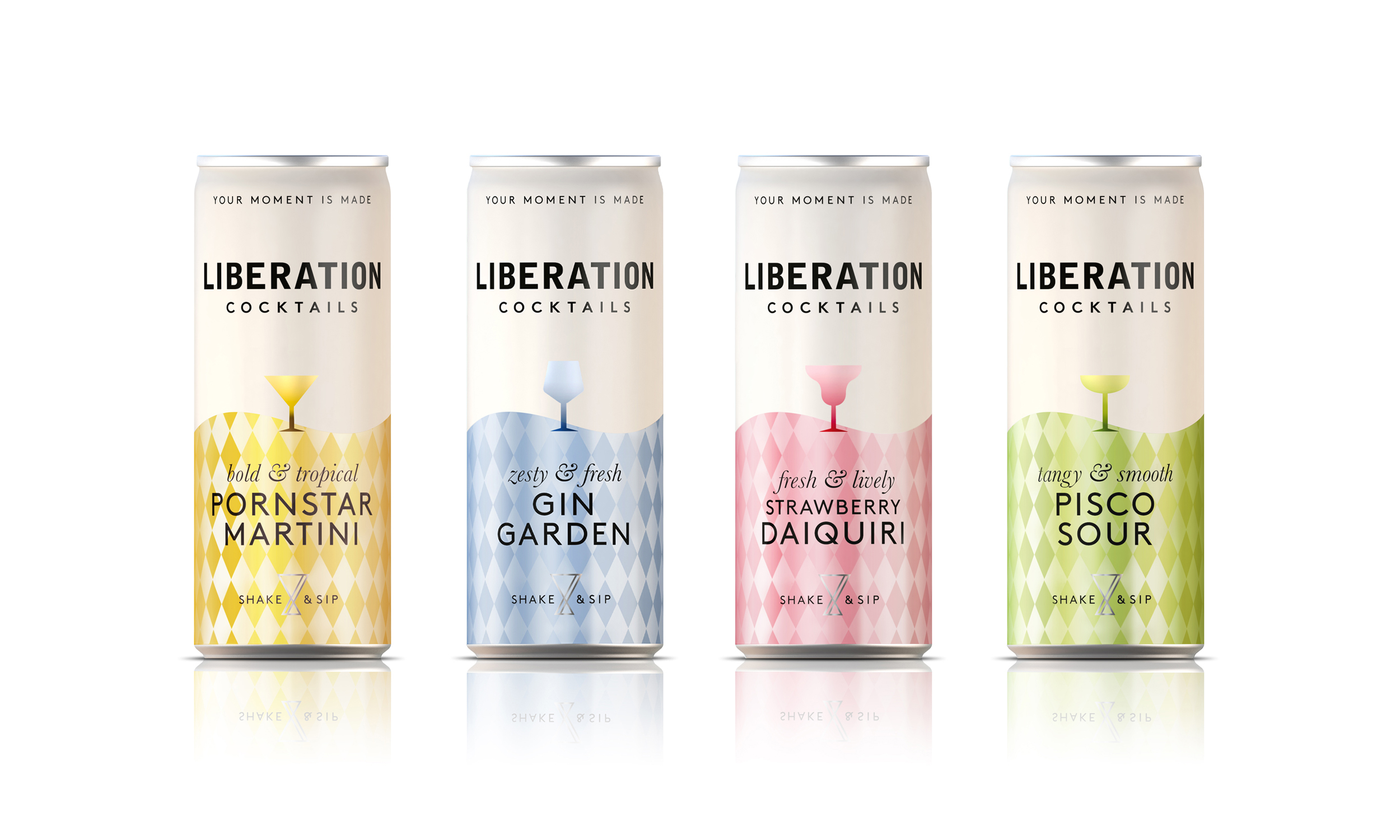Liberation Brand: Rebel Style & More
What fuels a brand's ascent to iconic status? It's the potent blend of identity, innovation, and a touch of rebellion that ignites consumer passion and loyalty. The rise and fall of brands like Quiksilver, Billabong, and Volcom, once titans of the surf and skate scene, offer a compelling case study in the ever-evolving landscape of brand archetypes and the fight for market share.
The recent bankruptcy filing of Liberated Brands, the parent company overseeing these iconic names, sent shockwaves through the industry. The shuttering of U.S. retail stores marks a significant shift, leaving many wondering about the future of these beloved brands. Authentic Brands Group (ABG), now holding the reins, is orchestrating a strategic realignment, transferring licenses to new operators and aiming to revitalize these names. This transition underscores the dynamic nature of the brand landscape and the crucial role of adaptation in a competitive market.
| Company | Authentic Brands Group (ABG) |
|---|---|
| Industry | Brand Management, Apparel, Footwear, Accessories |
| Founded | 2010 |
| Headquarters | New York, NY |
| Key People | Jamie Salter (Founder, Chairman & CEO) |
| Portfolio Brands | Volcom, RVCA, Quiksilver, Billabong, DC Shoes, Spyder, and many more |
| Website | https://www.authenticbrandsgroup.com/ |
The story of these brands is interwoven with the "Outlaw" archetypethe rebel, the disruptor, the challenger of conventions. This archetype, with its inherent appeal to nonconformity and liberation, has been a driving force behind many successful brands. Think of Harley-Davidson, a symbol of freedom and individuality on the open road, or Apple, which positioned itself as the rebellious alternative to the established computing giants. These brands resonate deeply with consumers seeking to express their own independence and break free from the mainstream.
The allure of the Outlaw archetype lies in its promise of something different, a departure from the ordinary. It speaks to a primal desire for autonomy and self-expression. Brands that embody this archetype successfully tap into this desire, offering products and experiences that empower consumers to embrace their individuality. Quiksilver, Billabong, and Volcom, with their roots in surf and skate culture, inherently embraced this rebellious spirit. Their clothing became synonymous with a lifestyle, a rejection of the status quo, and an embrace of adventure and freedom.
However, the Outlaw archetype is not without its challenges. Balancing rebellion with broader market appeal requires finesse. As these brands grew, the challenge became maintaining their rebellious spirit while expanding their reach. The temptation to cater to a wider audience can sometimes dilute the very essence that made the brand unique in the first place. This delicate balancing act is often a key factor in the long-term success or decline of brands built on the Outlaw archetype.
ABGs strategy with these acquired brands will be a critical test of this balance. Can they reignite the rebellious spark that initially drew consumers to these names while simultaneously navigating the complexities of a rapidly changing market? The focus on brand cultivation, mentioned in ABGs messaging, suggests a recognition of the importance of nurturing the core values and identity of these brands. The success of this endeavor hinges on understanding what truly resonates with the target audiencethat desire for liberation, for nonconformity, for an alternative to the mundane.
The online marketplace, particularly Amazon, also plays a crucial role in the modern brand landscape. The mention of Libraton and its 4.4-star rating on Amazon highlights the importance of online reputation and customer reviews in shaping brand perception. Even with a strong brick-and-mortar presence, a positive online presence is essential for reaching a wider audience and building trust with potential customers. The shift towards online retail further emphasizes the need for brands to adapt and cultivate their digital footprint effectively.
From free shipping offers to refund policies, customer service and accessibility are paramount. The seemingly small detailsnext-day delivery options, hassle-free returnscontribute significantly to the overall brand experience. In the age of e-commerce, these factors can be decisive in influencing purchasing decisions. The emphasis on customer satisfaction demonstrates a commitment to building loyalty and fostering a positive brand relationship.
The landscape of brand archetypes is a dynamic and constantly evolving one. The Outlaw, the Rebel, the Disruptorthese archetypes hold immense power to connect with consumers on a deeper level, tapping into fundamental desires and motivations. The future of brands like Quiksilver, Billabong, and Volcom rests on the ability to harness this power, to reignite the rebellious spirit that defined their origins, and to adapt to the ever-changing demands of the modern marketplace. The challenge lies in balancing authenticity with accessibility, rebellion with relevance, and ultimately, in delivering on the promise of liberation.
Even established brands like Beats by Dre, known for their sleek design and premium audio performance, leverage elements of the Outlaw archetype. Their connection to music, sports, and culture, combined with a youthful, edgy vibe, resonates with a target audience that values individuality and self-expression. This demonstrates the enduring appeal of the Outlaw archetype and its ability to transcend specific product categories.
The future of brand building lies in understanding these underlying psychological drivers. As Harvard Business School professor Gerald Zaltman suggests, the vast majority of purchasing decisions are made subconsciously. By tapping into these subconscious desires and motivations, brands can forge powerful connections with their target audience, fostering loyalty and driving engagement. The story of Liberated Brands and the brands under its umbrella serves as a reminder of the power of brand archetypes and the crucial role they play in shaping consumer behavior.


